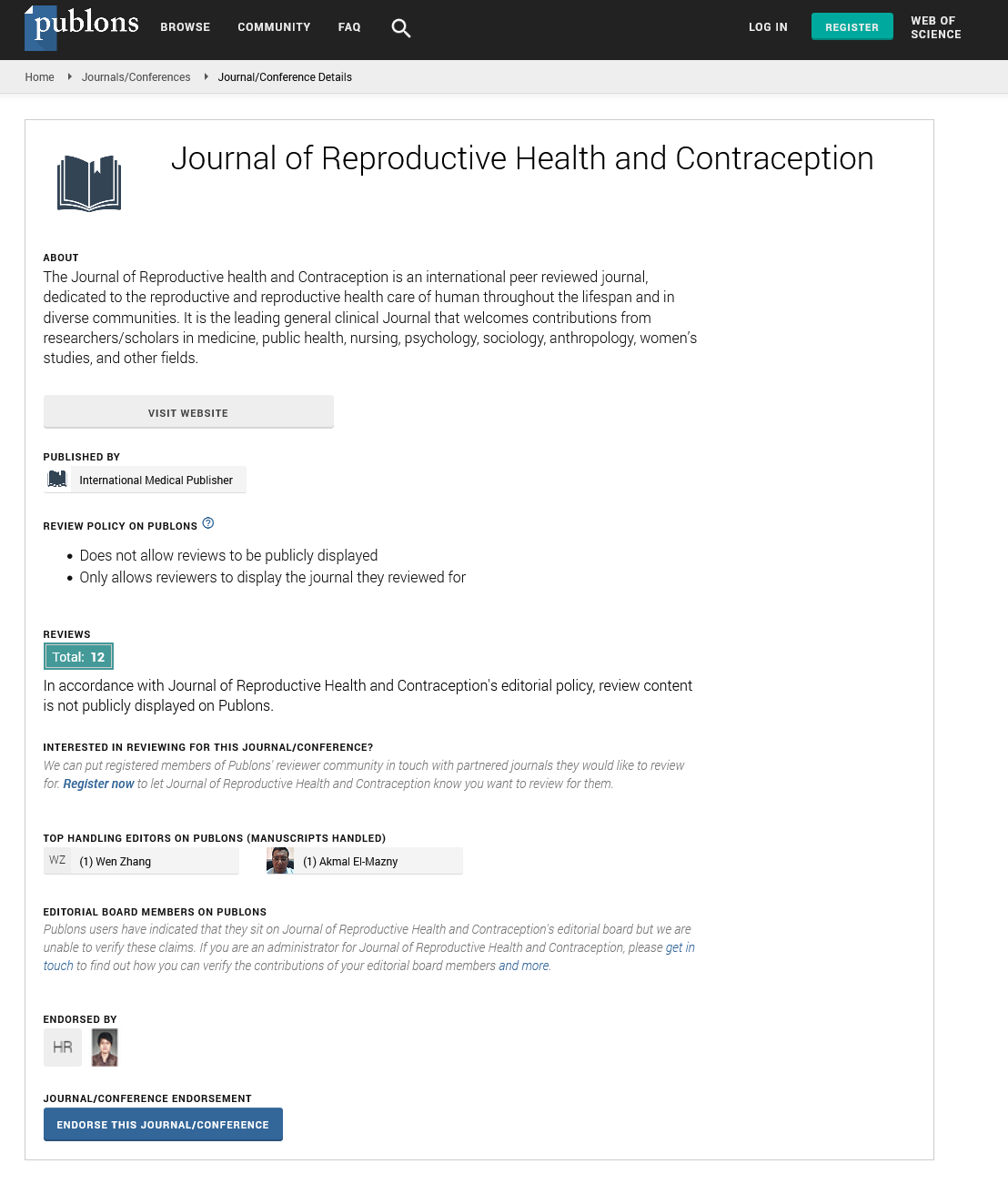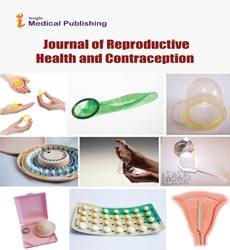Abstract
9-cis Retinoic Acid Promotes Lymphatic Regeneration and Prevents Post-Surgical Lymphedema After Lymphatic Injury
Lymphedema—a disease that is characterized by chronic soft tissue swelling, recurrent infections,and decreased quality of life— develops commonly in patients with solid tumors such as breast cancer, gynecological or urological malignancies, melanoma, and sarcoma. In these patients, lymphatic channels are damaged during surgery and these drainage pathways must spontaneously regenerate to restore the lymphatic circulation; In 20-30% of patients, adequate lymphatic regeneration does not occur resulting in progressive swelling and severe disability. Despite the fact that lymphedema is common and morbid, there are currently no effective drug treatments. Thus, there is an urgent need to increase our understanding of the pathophysiology of post-surgical lymphedema in order to develop targeted approaches that improve lymphatic regeneration and prevent disease development. In previous studies, we have found that 9-cis retinoic acid (RA) — a vitamin-A derivative that regulates growth and differentiation of a number cell types—is a potent promoter of lymphangiogenesis that stimulates lymphatic endothelial cell (LEC) proliferation, migration, and tubule formation. Using preclinical rodent models of lymphedema, we have shown that treatment with RA significantly accelerates lymphatic regeneration following injury, restores functional lymphatic drainage, and prevents development of lymphedema. Based on the current lack of effective therapy, it is clear that there is a need to develop an etiologyfocused
treatment for post-surgical lymphedema. Ongoing studies will address important mechanistic questions regarding RA mediated lymphangiogenesis and also develop an early biomarker based
predictive model that will guide treatment windows for RA therapy. Ongoing work will significantly improve our understanding of RA-mediated lymphangiogenesis as well as support clinical translation of a RA as a preventative treatment regimen for post-surgical lymphedema.
Author(s):
Abstract | Full-Text | PDF
Share this

Google scholar citation report
Citations : 201
Journal of Reproductive Health and Contraception received 201 citations as per google scholar report
Journal of Reproductive Health and Contraception peer review process verified at publons
Abstracted/Indexed in
- Google Scholar
- China National Knowledge Infrastructure (CNKI)
- WorldCat
- Publons
Open Access Journals
- Aquaculture & Veterinary Science
- Chemistry & Chemical Sciences
- Clinical Sciences
- Engineering
- General Science
- Genetics & Molecular Biology
- Health Care & Nursing
- Immunology & Microbiology
- Materials Science
- Mathematics & Physics
- Medical Sciences
- Neurology & Psychiatry
- Oncology & Cancer Science
- Pharmaceutical Sciences


